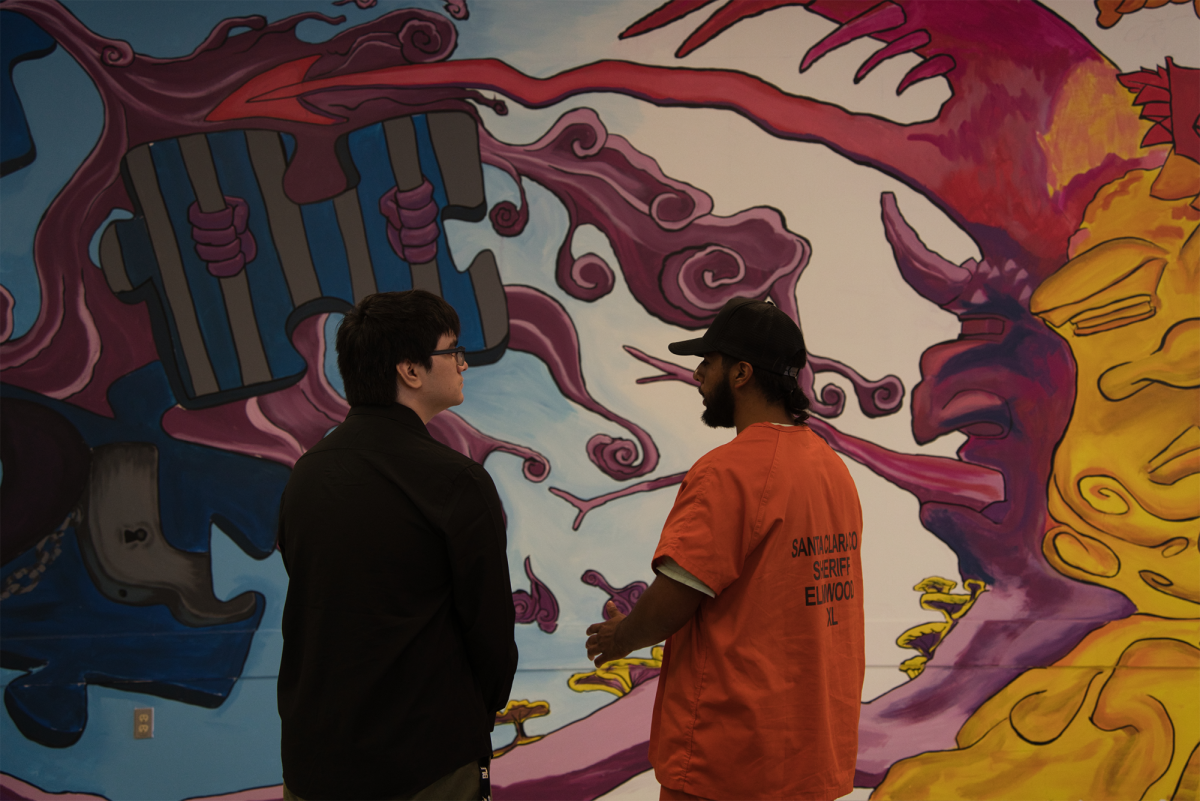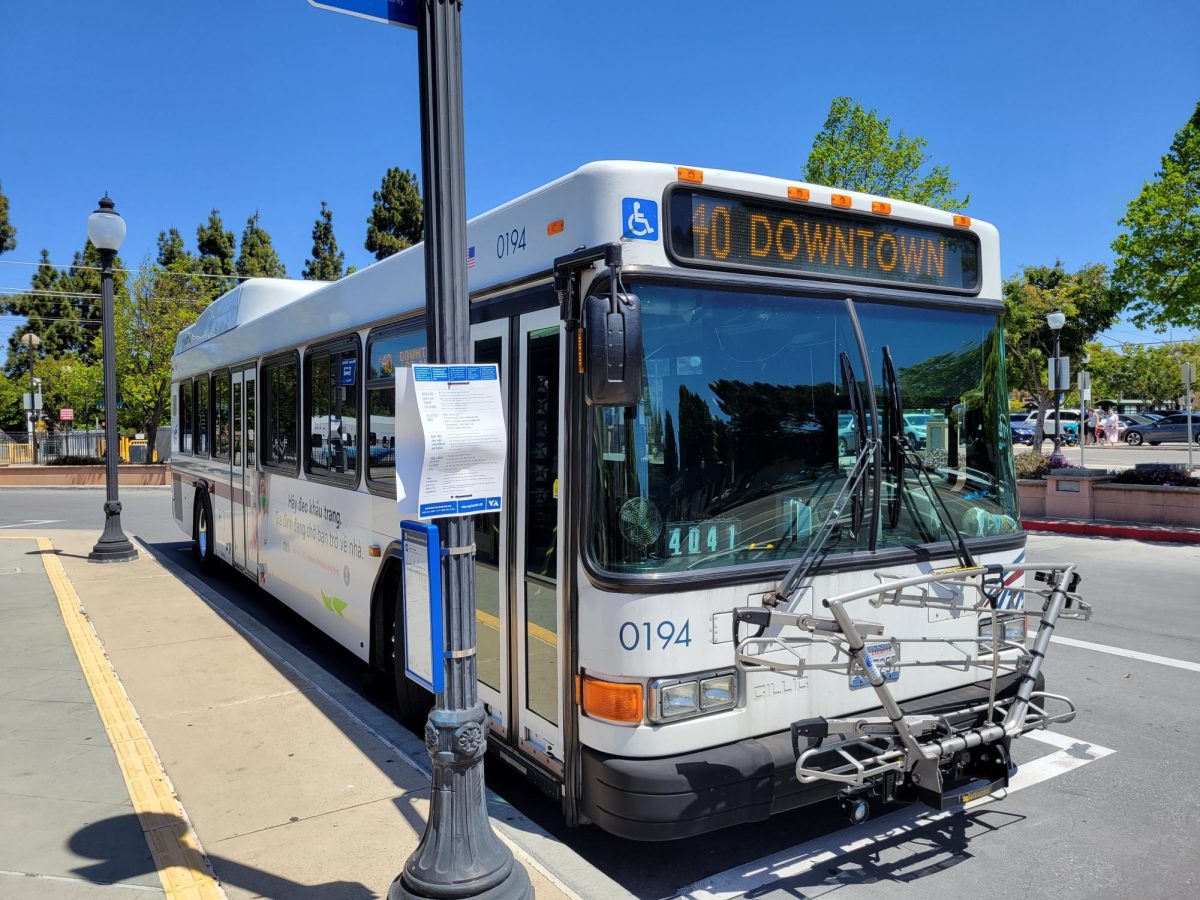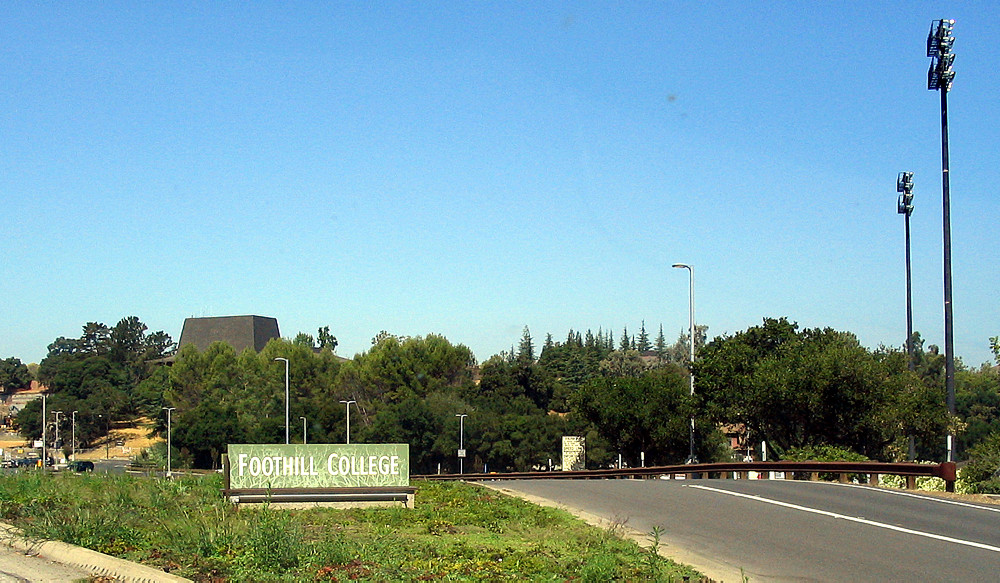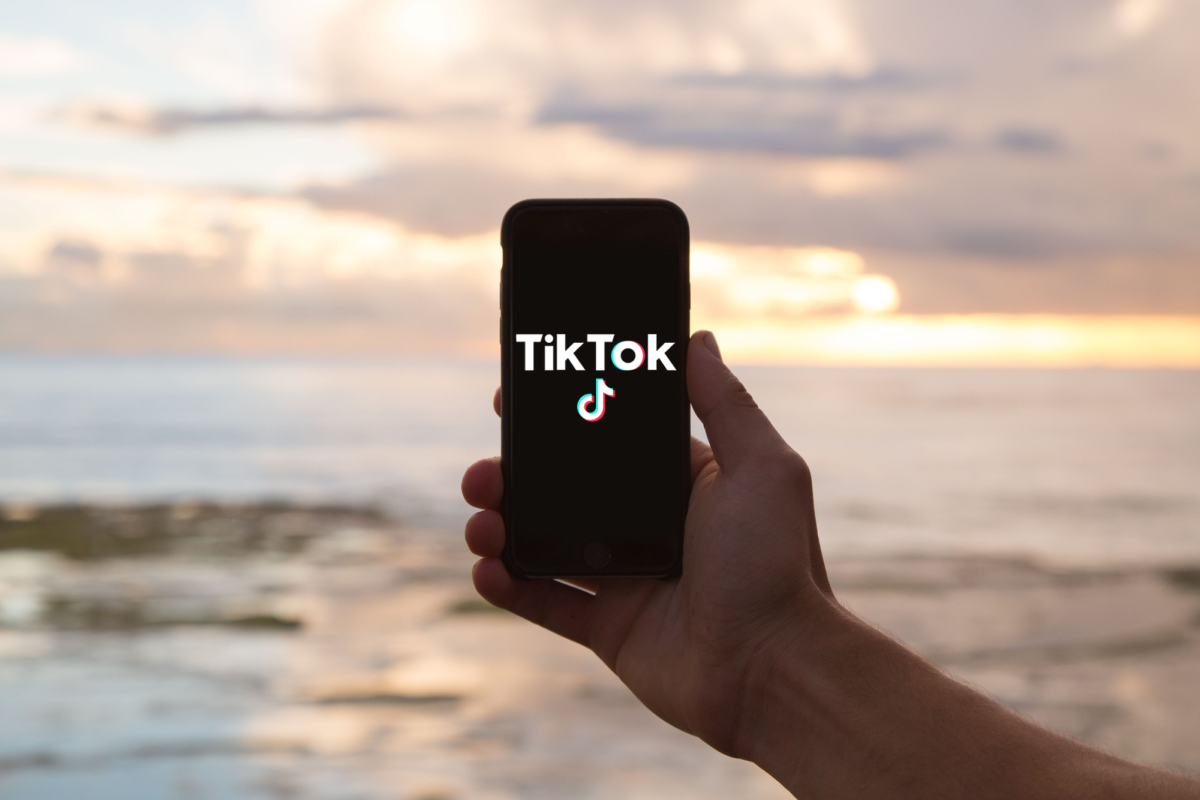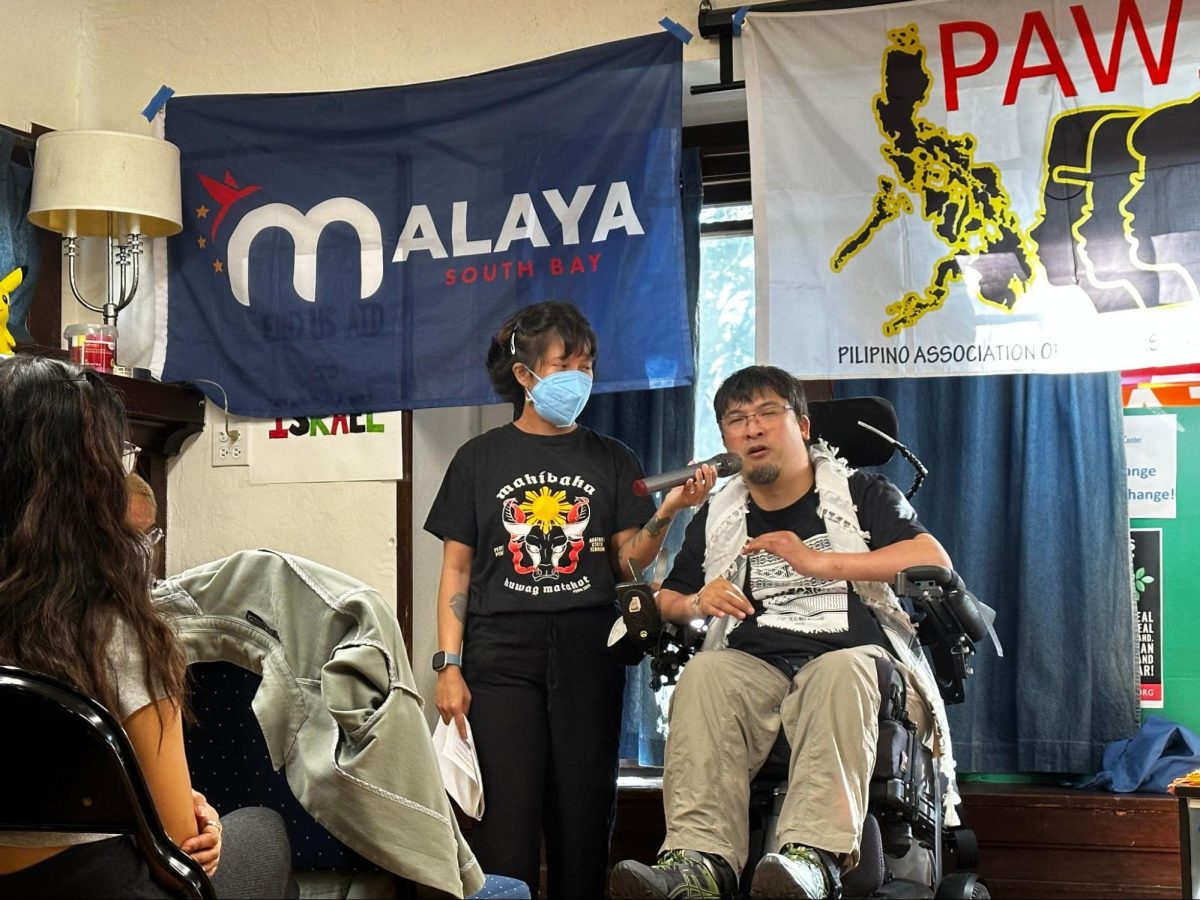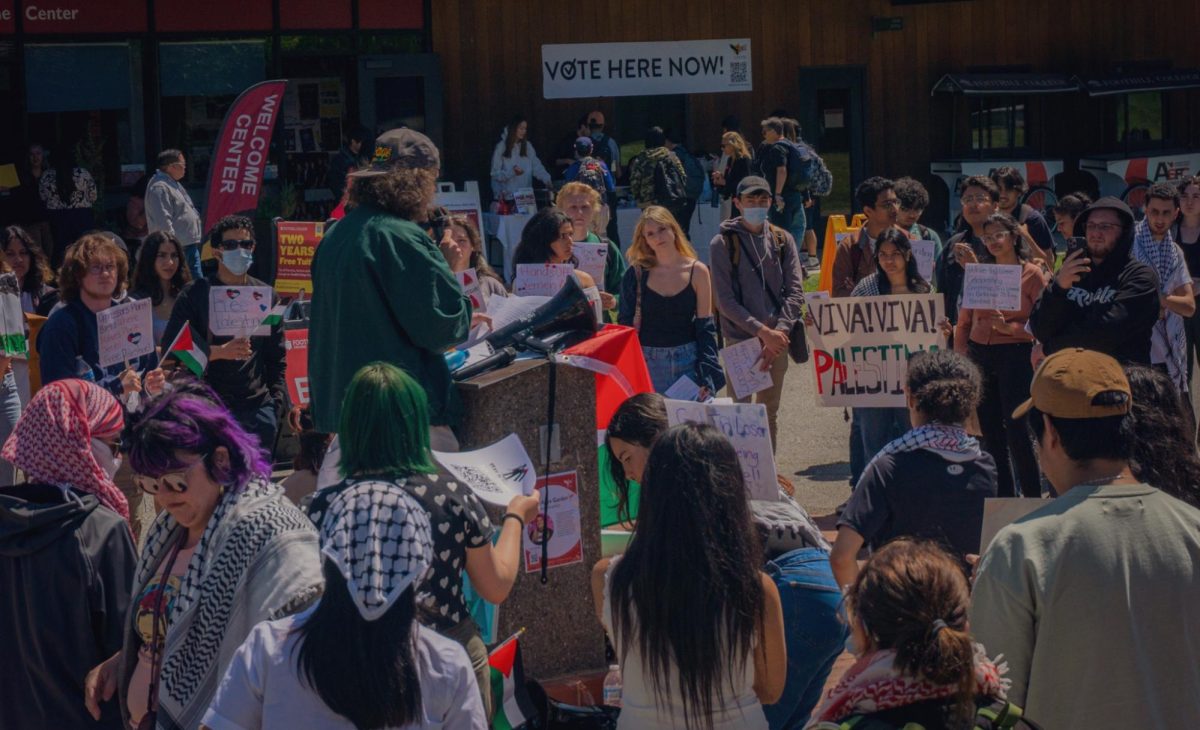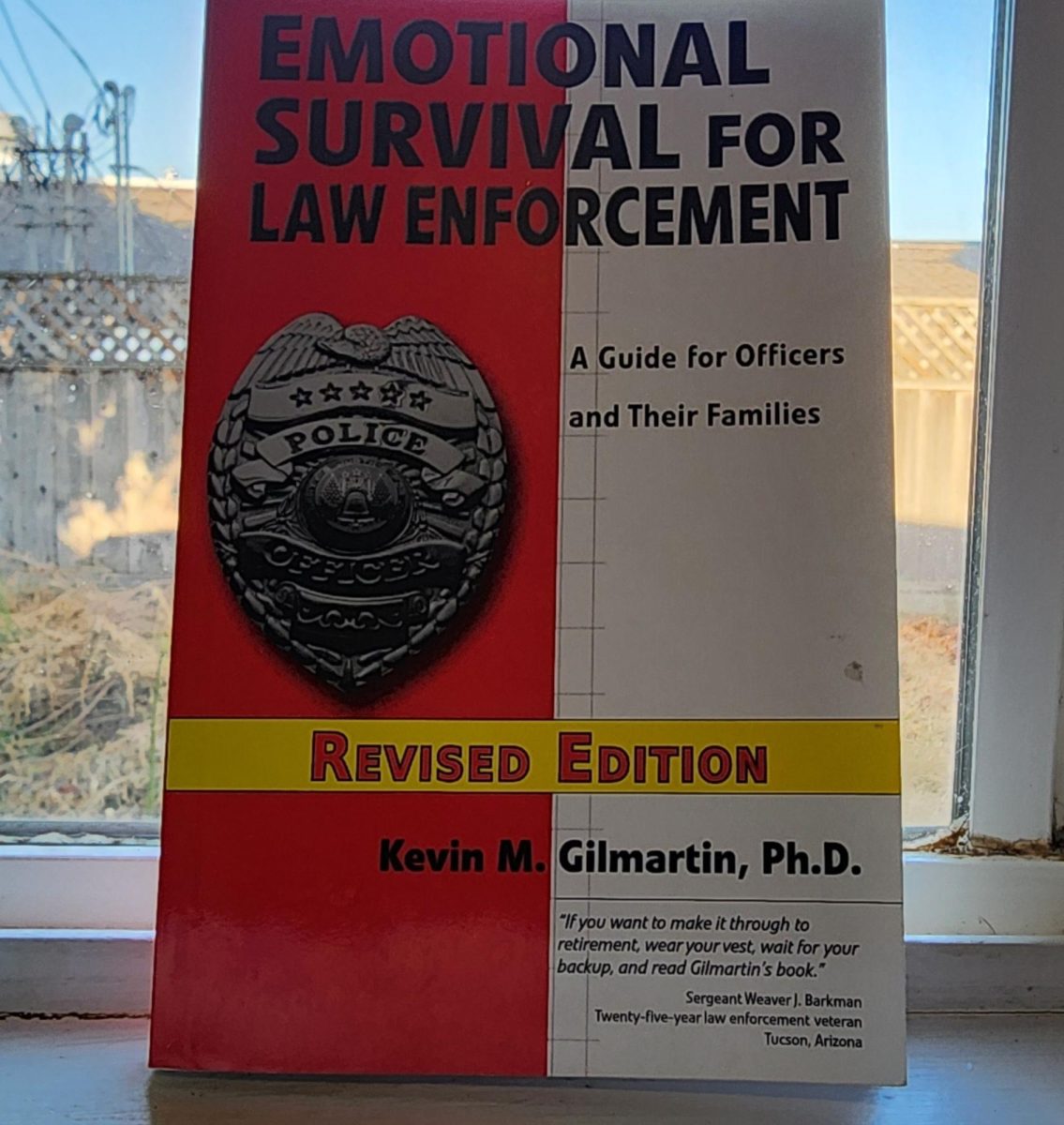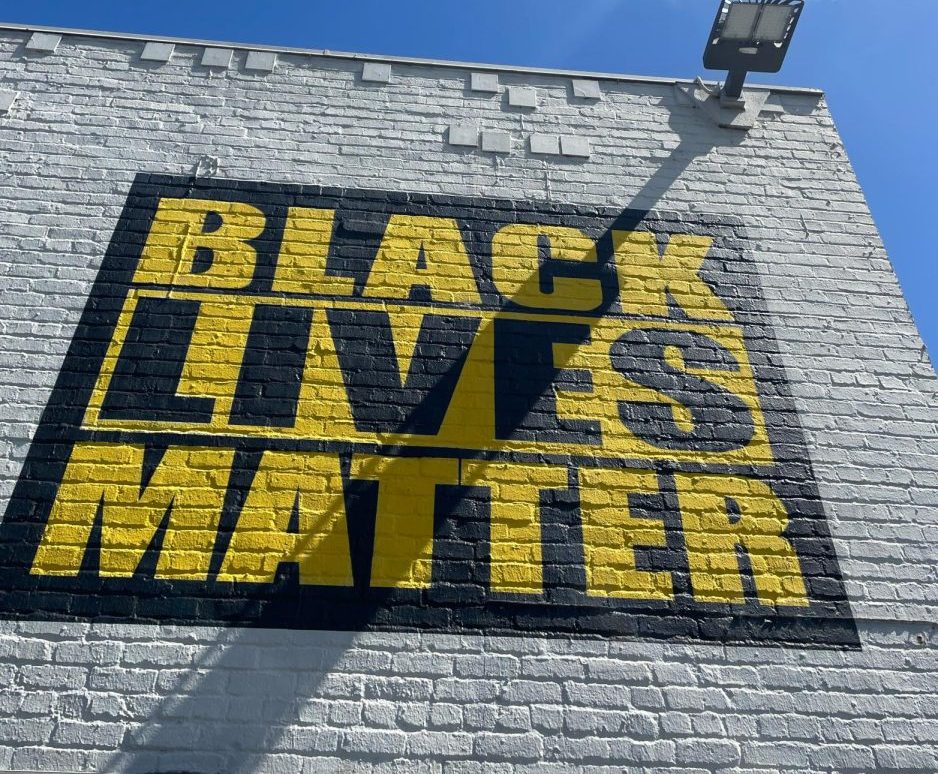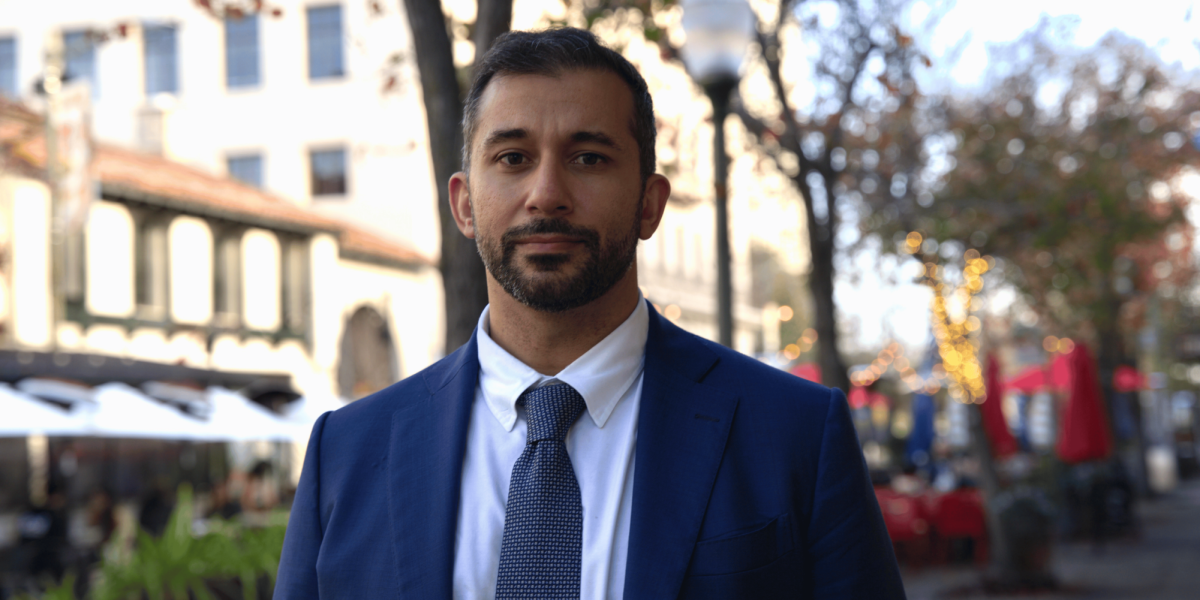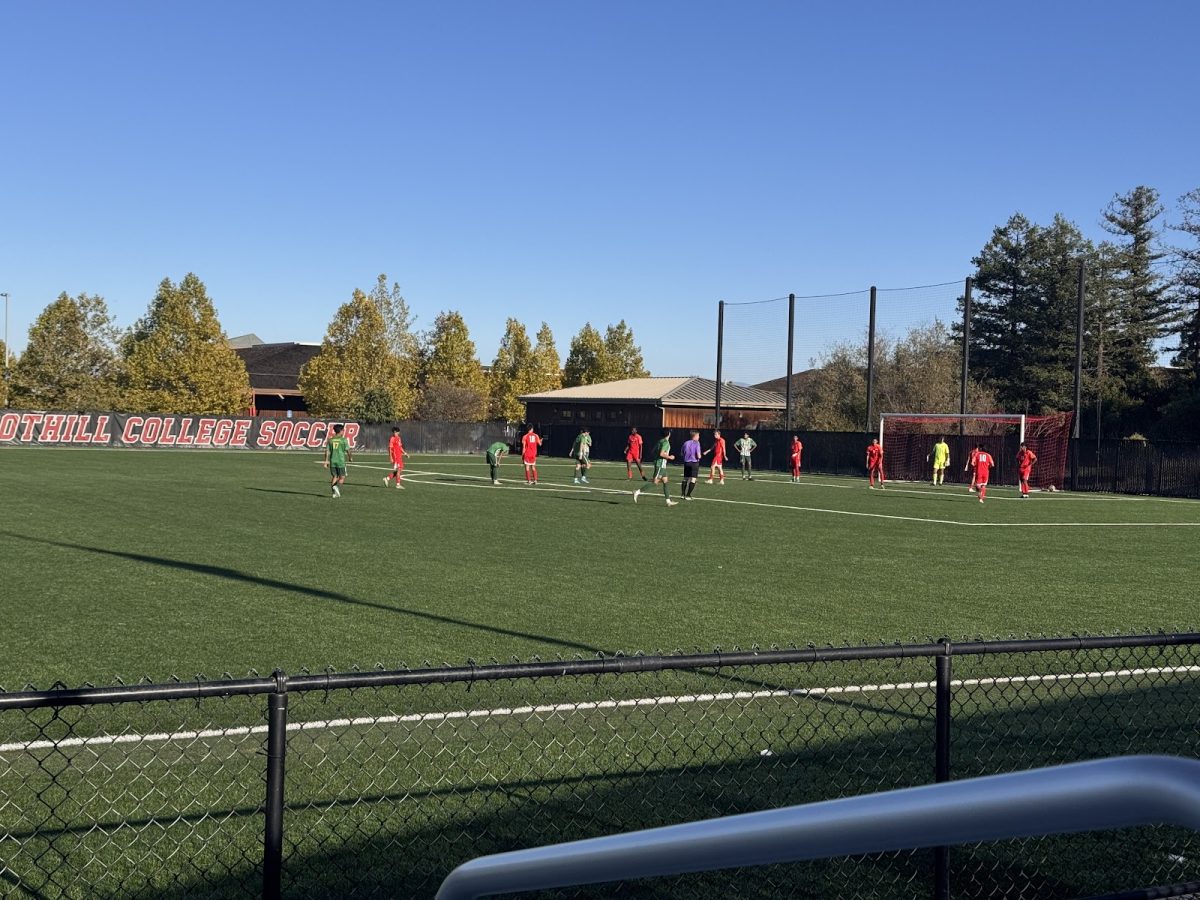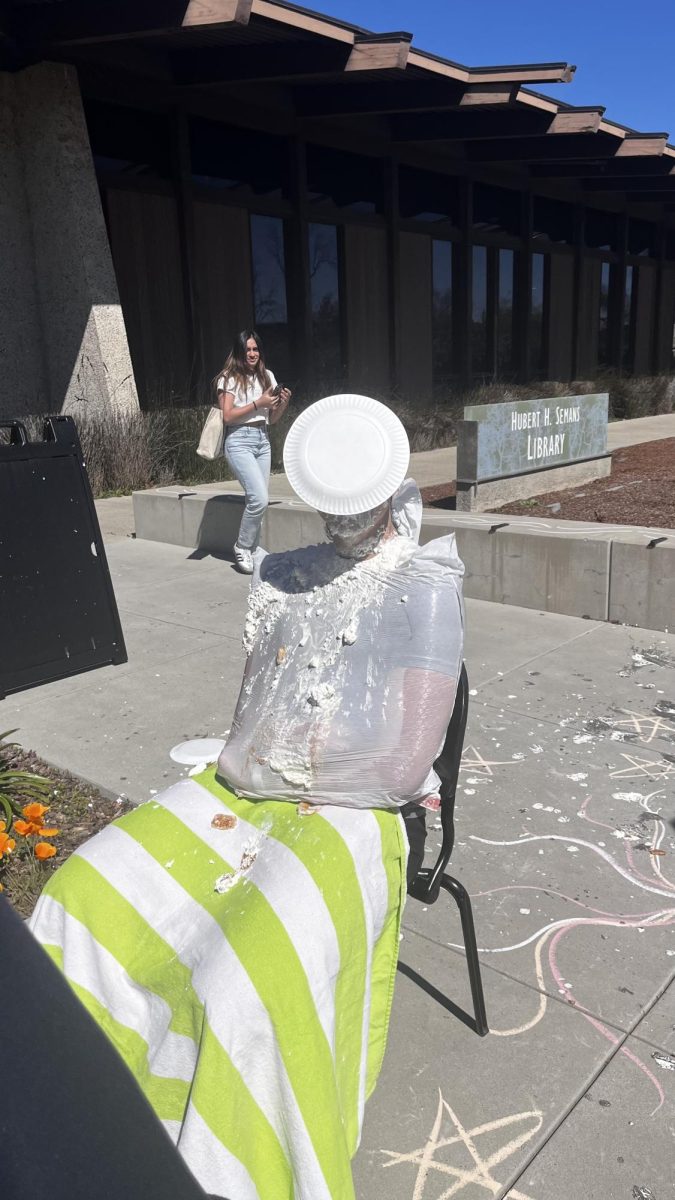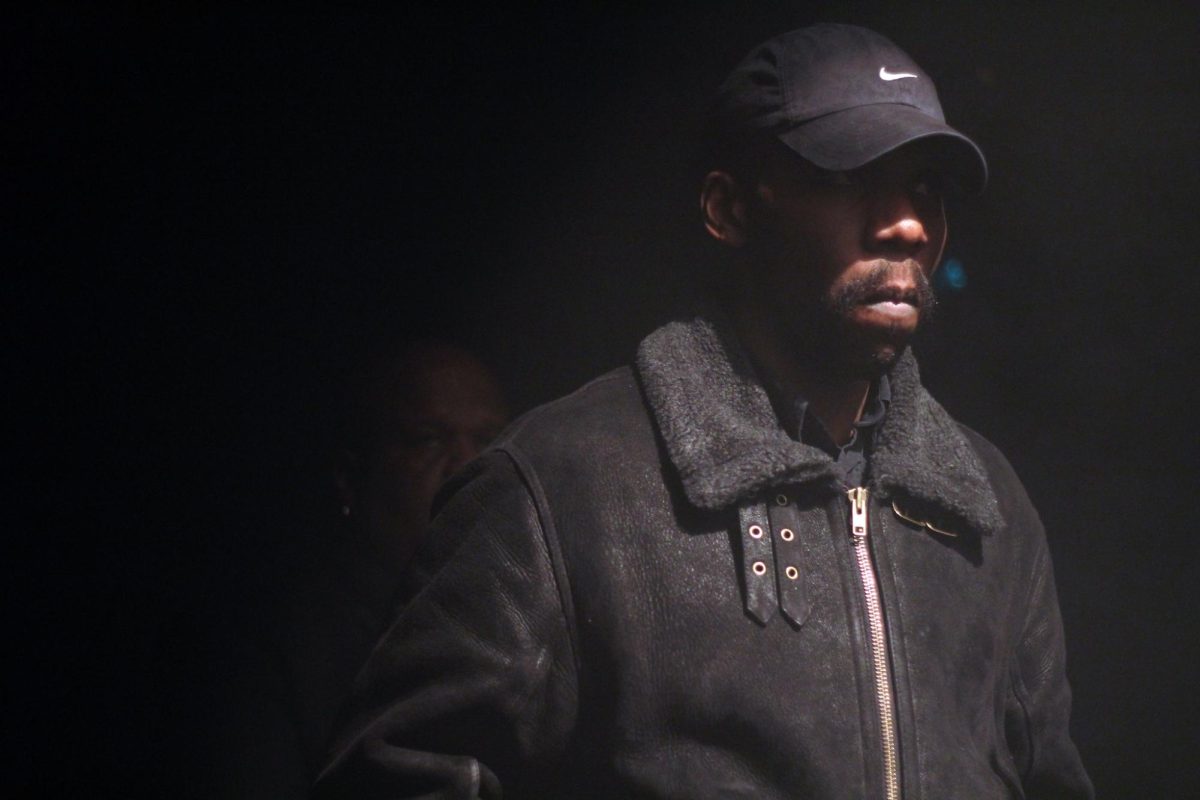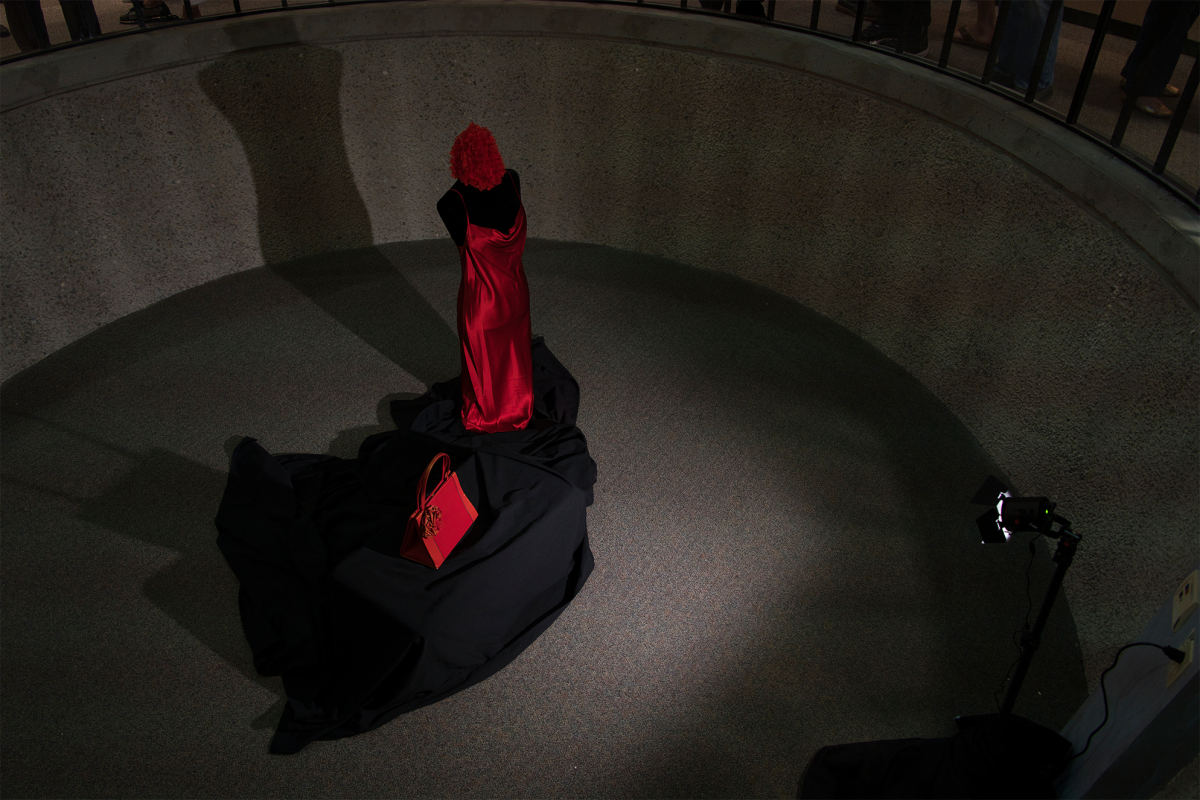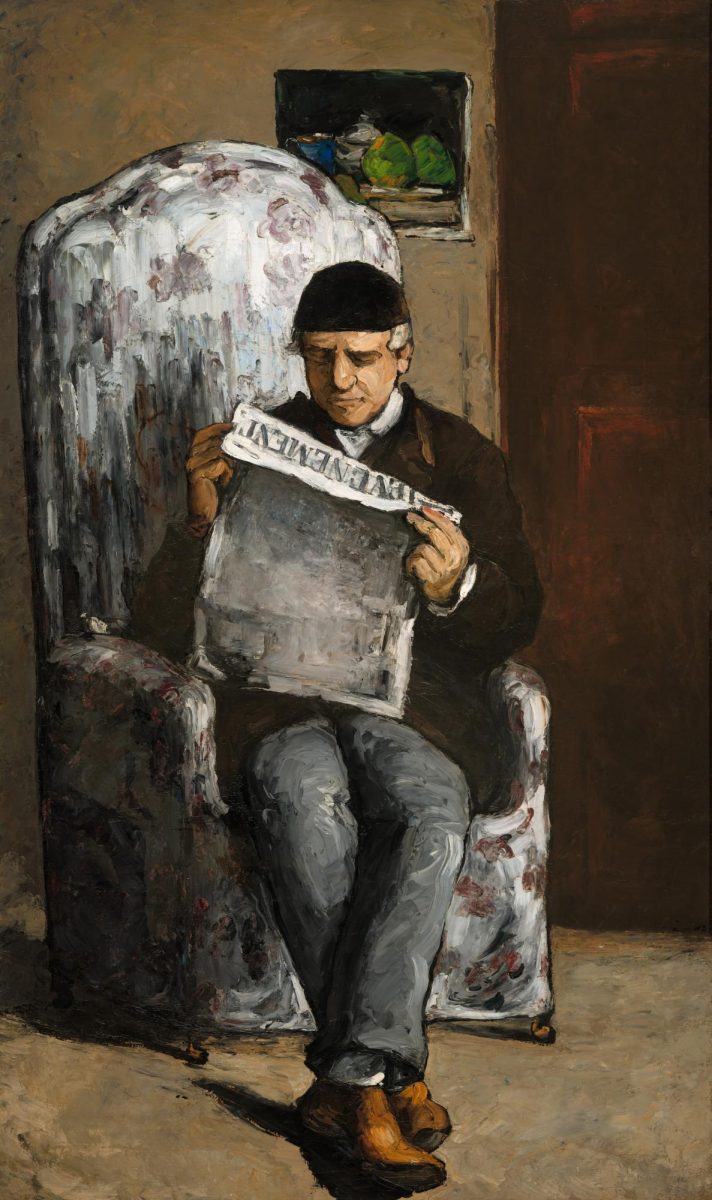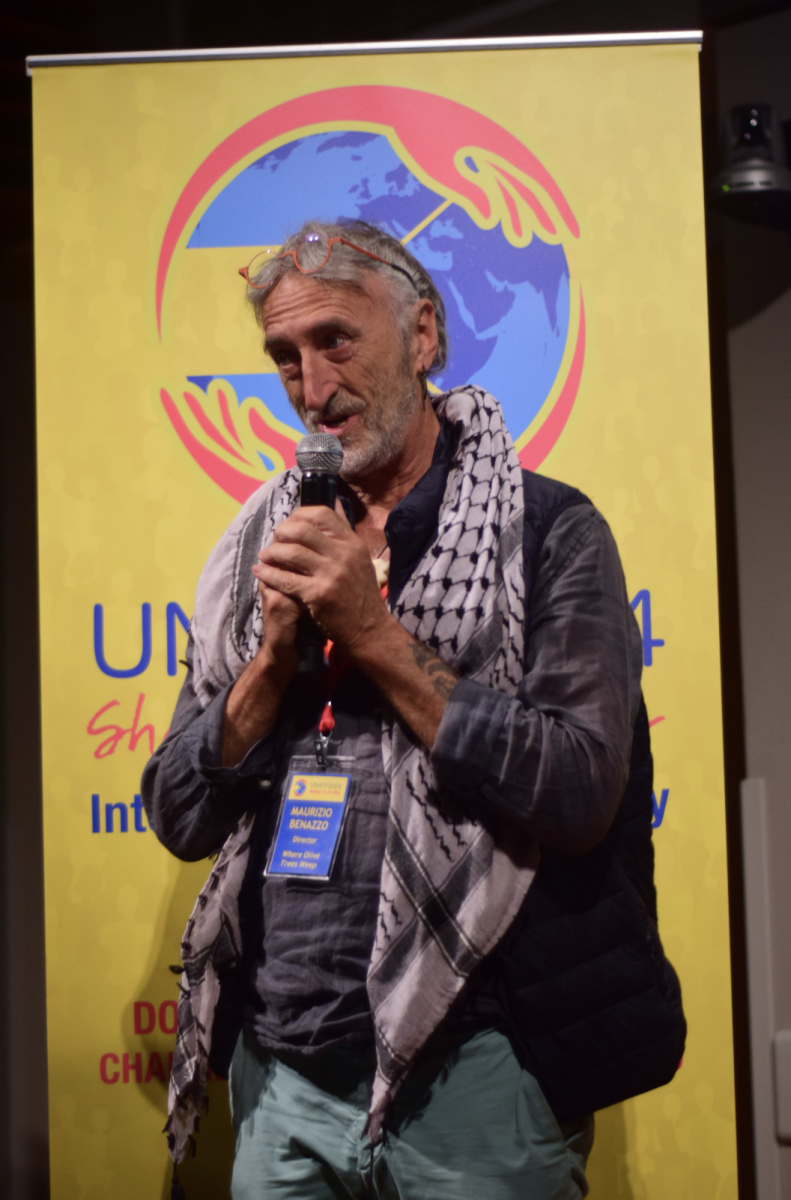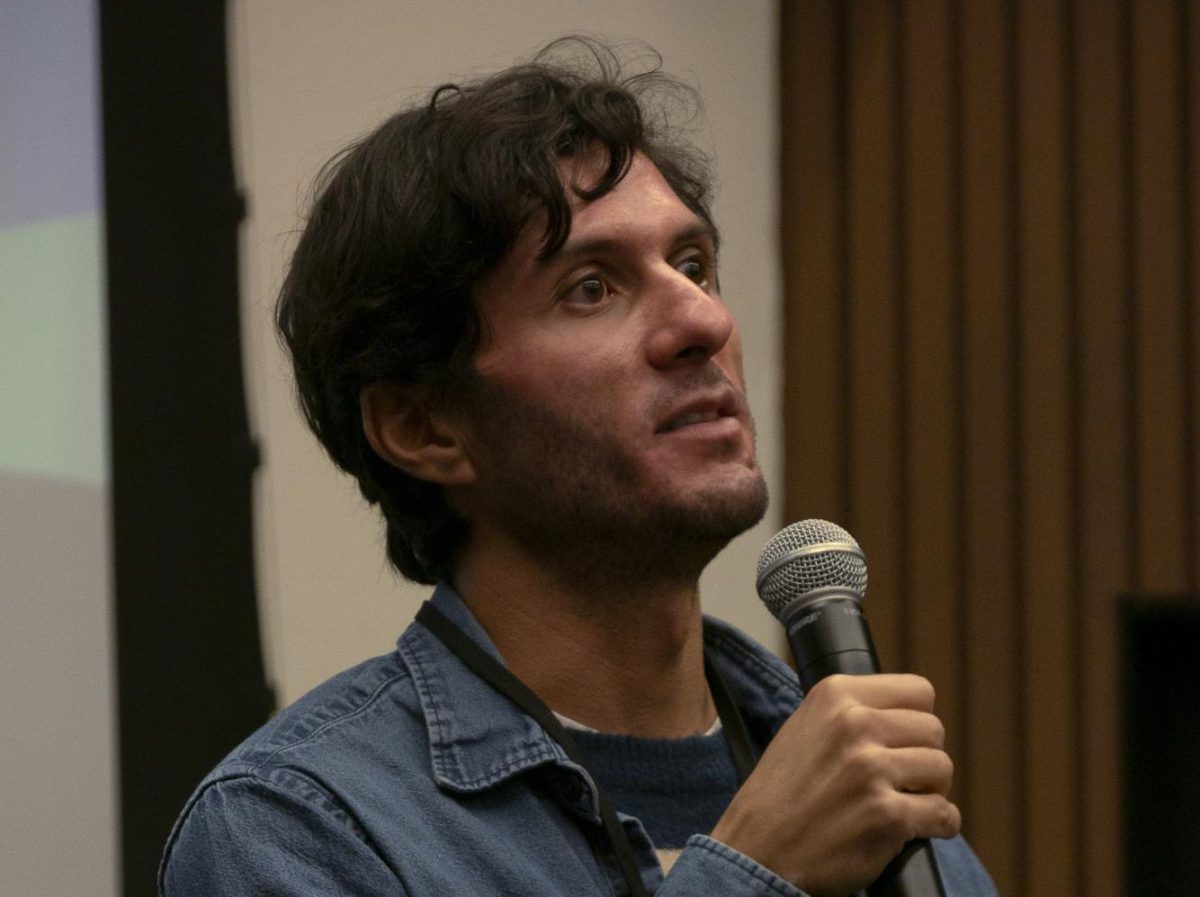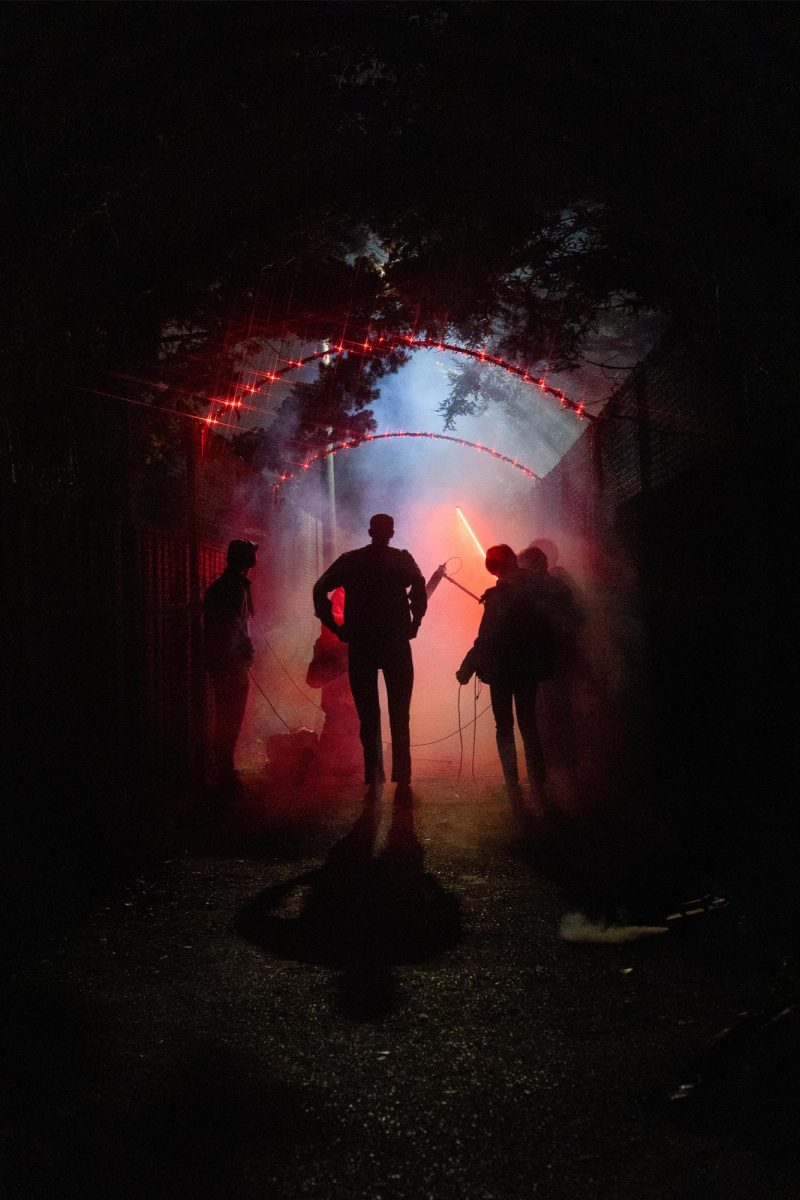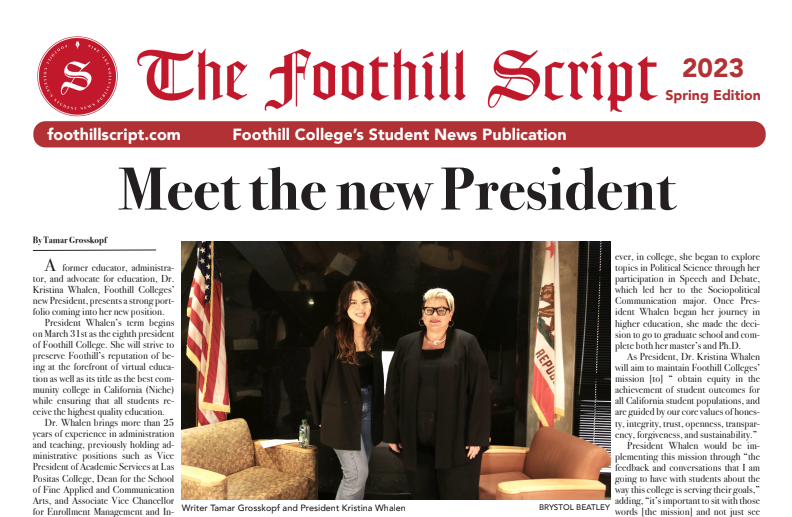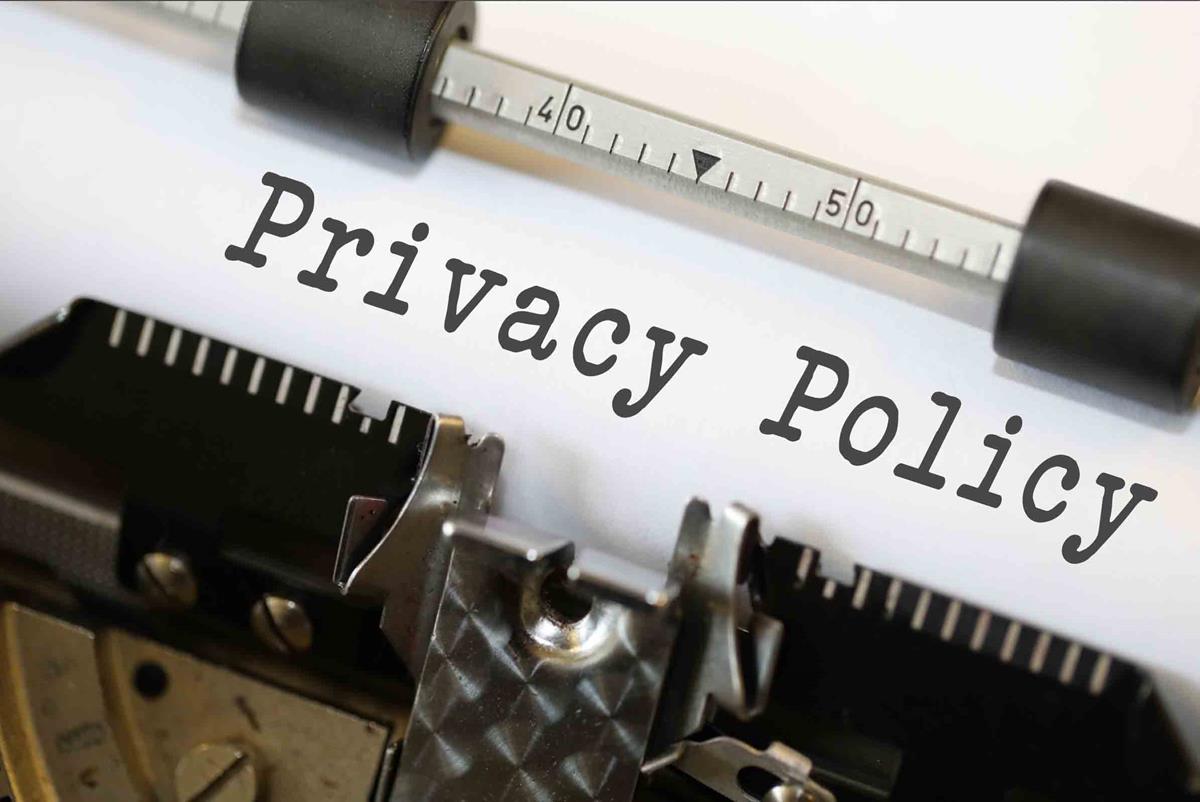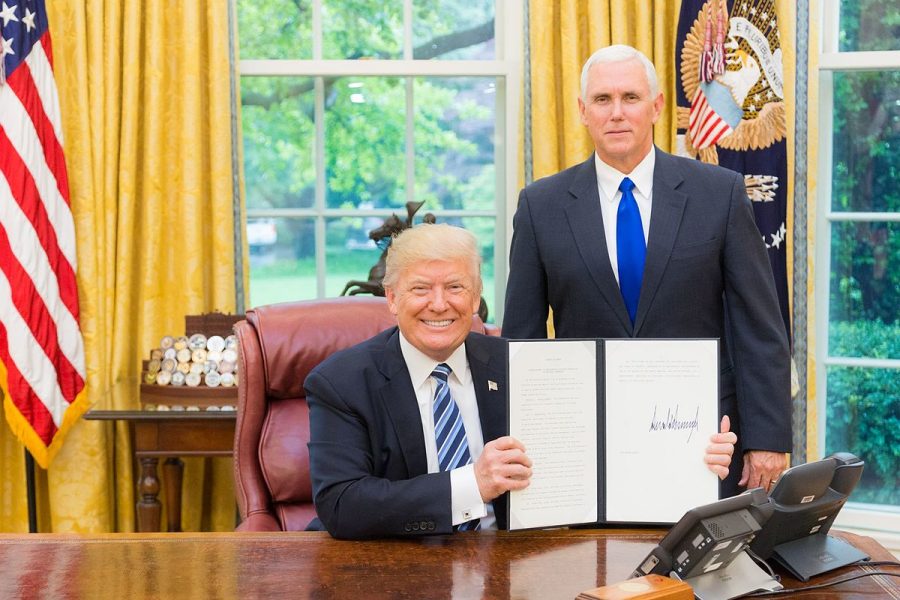In Review: President Trump’s First Year in Office
President Trump signs an Executive Order for the establishment of a Presidential Advisory Committee on election integrity. (Photo: Wikimedia Commons Sheelah Craighead)
November 13, 2017
Foothill students born in the late 1990s have already lived through the greater part of three presidencies. But, our current administration is the first one many of us are fully cognizant of and able to participate in from start to finish — which is somewhat ironic, considering Trump has touted his own unorthodoxy, claiming to be the “worst thing that ever happened to the establishment”.
Wednesday, November 8th marked the one year anniversary of the election of the 45th President of the United States, Donald J. Trump. Trump’s election, coupled with the election of a Republican majority in the House of Representatives and United States Senate, created the first unified government since Democrats controlled the White House, House of Representatives, and Senate in 2011 — and the first unified Republican government since 2007.
What was most prominent about Trump to many citizens throughout the 2016 election cycle was his brash attitude and hatred of mainstream “liberal” media, which rarely predicted a more than a 30% chance of him winning: CNN gave him 22%, The New York Times 15%, 538 28.6%, and Real Clear Politics 17.9%. These aspects, along with his anti-establishment sentiments, all continue to dominate perceptions of this presidency today.
On paper, Trump ran his election campaign on a nationalist, socially conservative platform. He advertised that he and his administration, if elected, would implement stricter immigration policy, revitalize trade and manufacturing, repeal and replace The Patient Protection and Affordable Care Act known as Obamacare, cut taxes, and reduce the size of the federal government.
Subjective impressions of the President and his past and present behavior aside, here’s what has come of the Trump administration so far:
Immigration
January 25th, 2017
Executive Order 13767: Border Security and Immigration Enforcement Improvements
This order threatens the funding of sanctuary cities, orders deportation and execution of immigration laws to their fullest extent, and expands deportation priorities to include those who have been convicted of any criminal offense. The United States District Court for the Northern District of California ruled pulling funding from sanctuary cities unconstitutional on April 25th, 2017.
March 6th, 2017
President Trump responds to his original immigration executive order, which had been ruled down; this new executive order suspends immigration from Sudan, Syria, Iran, Libya, Somalia and Yemen for 90 days, except for those who have a close relationship, defined as “parent, spouse, child, adult son or daughter, son-in-law, daughter-in-law or sibling” with someone in the United States, and refugees from these countries for 120 days.
September 5th, 2017
Trump states that he plans to rescind DACA, giving Congress six months to pass legislation as a replacement.
September 24th, 2017
This order suspends “all immigrant visas for nationals of Chad, Iran, Libya, North Korea, Syria, Yemen and Somalia, and non-immigrant visas, such as for business and tourism, for nationals of Chad, Libya, North Korea, Syria and Yemen”, as well as nationals of North Korea and Venezuela.
Civil Rights and Social Issues
January 23rd, 2017
Presidential Memorandum Regarding the Mexico City Policy
This order reinstates the Mexico City Policy Memorandum, which blocks US foreign aid — 8.8 billion dollars — to non-government organizations who provide, advocate for, or discuss abortion.
February 9th, 2017
This order asks the justice department to explore tougher punishments on those who commit violence against police officers. Trump signs two other orders as well: one asking the Department of Justice and Department of Homeland Security to break up cartels, the other asking the Department of Justice to work to stop violence against law enforcement officials.
March 29th, 2017
This order creates a new opioid commission responsible for evaluating structures in place to combat the opioid crisis.
October 26th, 2017
Trump asks the Department of Health and Human Services to declare the opioid crisis a national public health emergency. Past examples of national public health emergencies have included the swine flu.
Trade and Manufacturing
January 27th, 2017
This memorandum withdraws America from the Trans Pacific Partnership, which has never gone into effect, as it has not achieved ratification by Congress.
Environment
March 24th, 2017
Issuance of Presidential Permit to TransCanada for Keystone XL Pipeline
President Trump signs the approval of the permit to build the Keystone XL pipeline. President Obama previously rejected the permit to build the pipeline on November 6th, 2015.
March 27th, 2017
Executive Order 13783: Promoting Energy Independence and Economic Growth
This order asks the Environmental Protection Agency to review the Clean Power Plan, which regulates the amount of carbon dioxide power plants can emit. It also allows new leases by coal mines on federally owned land. The order asks the US Department of the Interior, “which manages public lands and minerals, national parks, and wildlife refuges and upholds Federal trust responsibilities to Indian tribes and Native Alaskans.” to review rules enacted by the Obama administration regulating oil and gas drilling.
Regulations
January 28th, 2017
Executive Order 13770: Ethics Commitments by Executive Branch Appointees
This order prevents “officials from lobbying the agency they worked in for five years after they leave, but allows them to lobby other parts of the government.” The order also lets lobbyists join the administration as long as they don’t work on anything they have specifically lobbied on for two years. Obama’s order from 2009, which Trump has revoked, blocked people who were registered lobbyists in the preceding year from taking administration jobs. According to Politico, “Obama issued ethics waivers for some officials. Trump’s executive order retains that ability but removes the requirement to disclose them opening the door to the White House departing from the policy without public scrutiny or political consequences; the White House could claim any apparent violation had been exempted.”
January 30th, 2017
According to NBC, “this order mandates that executive departments and agencies must slash two regulations for every one new regulation proposed. Regulation spending cannot exceed $0, and any costs associated with regulations must be offset with eliminations. The order also directs the head of each agency to keep records of the cost savings, to be sent to the president.”
February 3rd, 2017
This order allows advisors to give clients financial advice that may not be in their best interest and calls for the Treasury Department to review financial regulations passed in response to the 2008 banking crisis.
March 27th, 2017
This order reverses an Obama-era executive order which required companies with federal contracts to provide proof that they have followed federal civil right laws.
May 11th, 2017
This orders the creation of a commission to study voter fraud in the 2016 presidential election. The commission requires states to provide voter information, such as names, party affiliations, addresses, and even the last four digits of a voter’s social security number. United States District Court for the District of Columbia upheld the commission’s right to collect the information on July 24. California and other states have refused to comply, while 20 states have handed over data.
Foreign Policy
February 17th, 2017
Trump states that he does not have a preference between a one-state and two-state solution in regards to the conflict between Israel and Palestine.
June 16th, 2017
This order allows travel to Cuba only for reasons such as journalism, religious purposes, etc., prohibiting tourism. Financial transactions with Cuba’s military are also deemed illegal.
July 19th, 2017
Treasury Targets Persons Supporting Iranian Military and Iran’s Islamic Revolutionary Guard Corps
The Treasury Department places new sanctions on Iran’s nuclear missiles program. The United States remains in the Iran nuclear deal, though Trump has expressed interest in negotiating it.
August 25th, 2017
Executive Order 13808: Imposing Additional Sanctions With Respect to the Situation in Venezuela
This order places sanctions regarding Venezuela’s financial dealings with USD and United States citizens as punishment for corruption within the Venezuelan government and unfair elections.
September 21st, 2017
Executive Order 13810: Imposing Additional Sanctions With Respect to North Korea
This order places sanctions on North Korea by “cutting off their access to the U.S. financial system” or freezing the assets of any individual or company engaging in business with North Korea. This includes individuals and companies of any country, though North Korea’s trade is mostly designated to China, Russia, and South Korea.
Supreme Court
January 31, 2017
President Trump nominates United States Court of Appeals for the Tenth Circuit judge Neil Gorsuch, without much chance of approval by the Senate due to the need for 60 out of 100 Senators to vote in favor.
April 9th, 2017
Senate Republicans employ the “nuclear option,” changing Senate rules so that Supreme Court Justice confirmation required a simple majority of 51 votes rather than 60. Gorsuch is confirmed with a 54-45 vote in the US Senate. Gorsuch’s confirmation tips the ideological balance of the Supreme Court, as there are now five justices appointed by Republican presidents, and four appointed by Democrats. Currently at the age of 50, Gorsuch is likely to be on the Supreme Court for three more decades, and is President Trump’s most substantial accomplishment yet.
President Trump is currently nearing the end of his twelve day Asia trip. His trip so far has mostly focused on bilateral alternatives to the Trans Pacific Partnership — trade deals with individual countries rather than multiple.









